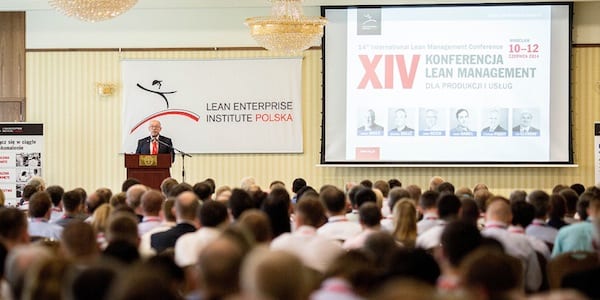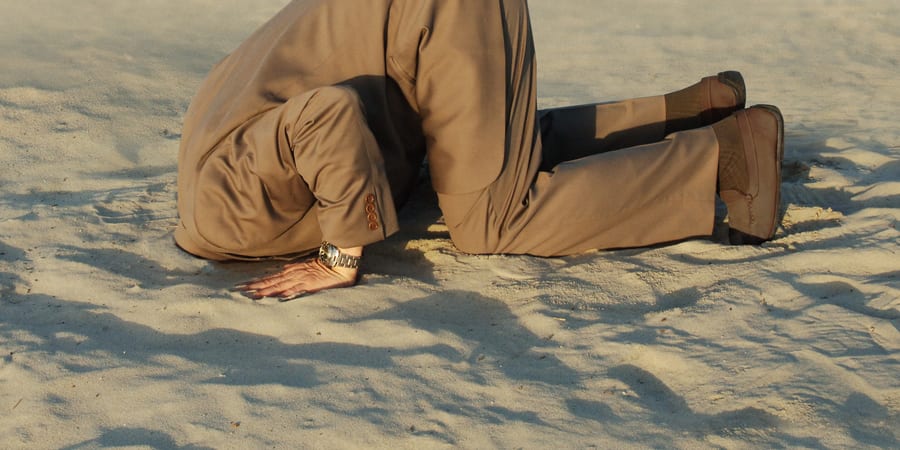
Leaning out transitional care
CASE STUDY – The transfer of a patient from one care setting to another is a delicate time. Insurance company SulAmérica has used its extensive lean experience to improve transitional care, and here’s how they did it.
Words: Lia Gonçalves and Monica Ono, with Luciana Gomes
When a patient leaves a healthcare setting for another, it is vital to ensure the safety and continuity of care throughout the transition. Transitional care is what our department focuses on, coordinating all the actions necessary to ensure the smooth transfer of a patient from a hospital to their home or a post-acute care facility. We monitor high complexity hospitalization, ensuring the right care is provided at the right time and identifying patients that could benefit from either home care (provided by a multidisciplinary team and, depending on the complexity of the case, performed exclusively or partially at the patient’s place of residence) or post-acute care (in facilities where less complex patients can do rehabilitation or receive palliative care, for example).
Even though there is no obligation for the insurance company to provide home care, SulAmérica considers this a strategically important asset to ensure the continuity of patient care and the long-term success of the business. A couple of years ago, we saw an opportunity to improve these processes by introducing Lean Thinking – which already permeates so many of the activities of SulAmérica.
Our improvement efforts began at the beginning of 2020. Until then, hospitalization management and home care were entirely separate processes with no coordination between them. With the help of the SulAmérica lean team (with two of us, Monica and Luciana, being part of it), we drew our current state, mapping the end-to-end process from hospitalization to home care discharge. To do that, we went on several gemba walks within our area and at the providers’, trying to identify pain points in the process.
Around that time, the team began to understand the importance of the newly introduced daily management system. This lean practice was critical in helping people to understand the work and inform the decisions they need to make day after day. Thanks to daily management, people better understood the role of our area and realized why their work is so important.
Then, the pandemic came. We transitioned to remote work, as the profile of our patients began to shift. We quickly found ourselves having to care for a huge number of Covid-19 patients, whereas prior to the pandemic a lot of what we did was elective procedures followed by rehabilitation at home. More and more patients asked to be treated at home, for fear of contracting the virus at the hospital. In those first few weeks and months, we faced a steep learning curve.
In 2020, we built our first A3, focused on home care services, and introduced standardized work in operations. That’s when the team’s mindset started to shift: people started to think in terms of productivity and patient satisfaction, and to see problems as opportunities for improvement.
We didn’t have to wait long to see the first results: by the end of the year, the average time to attend patients in need of home care was reduced by 40% and the average time to set up the home care service dropped by 62%. This work proved to be important not only for SulAmérica, but for society as a whole: for each person who was taken out of a hospital, a bed freed up for a Covid patient.
2021 was a momentous year in our lean transformation. With a growing number of requests for home care and a process that was still disjointed, the team stopped to reflect on potential ways to make the most of the limited resources for home care delivery and to better organize the work in the Transitional Care department.
Without being prompted by management, the team got together and opened a new A3 to integrate the two areas (hospitalization management and home care) and dig deep into the process to truly understand how to optimize it. They gathered people from across the process and, together, they investigated it and started to think about what an ideal condition might look like. The result of their work was the creation of a continuous flow organized in four stages: patient hospitalization, transfer from hospital to home/post-acute facility, provision of care, and ancillary processes (like complaints, lawsuits, etc). Unifying and improving the process (by looking at the patient journey in its entirety) was the team’s biggest undertaking during 2021. One of the results of this was an 65% increase in the number of monitored hospitalizations.

The need to improve productivity empowered people to develop their capabilities with the aim of multi-skilling the team. Whereas prior to lean each person had their own area of expertise, with the new system people were encouraged to learn all aspects of the work and, before long, the team made great progress in developing their skills set. (An invaluable tool in making this happen was our skills matrix.)
As our team learned new skills, it could introduce new home care services, including enteral diet (which we now provide directly rather than rely on a third party, like we did before), rehabilitation, and stroke rehabilitation. We also started to offer palliative care at home: with an eye not only to the physical conditions of the patient but also their emotional and psychological well-being, the team redesigned the home care process to give the patient the ability to choose to spend the last moments of their life in a familiar, comfortable environment. Not surprisingly, the team is very proud of the work they have done on palliative care, which won them the award for best improvement project in the Customer Focus category in the internal competition SulAmérica holds every two years. The patients and their families seem to greatly appreciate the new service, too, having given it a NPS of 95%.
This year, we have been building on our lean work and developed a new and better model for handling active home care or post-acute care patients. This time, we addressed home care providers (who are, in essence, our representatives in our client’s homes), changing the model of remuneration to encourage better-quality care. We also automated the selection of providers, so that we can identify the one that can tend to the customer in the shortest time – thus reducing the length of their hospital stay. Thanks to these changes, we reduced the average time of setting up home care by 24%. In the first semester of the year, the new system for handling patients and providers also allowed us to reduce the amount of time people spend in home care by 26%. Additionally, more and more patients are completing their home care without having to return to the hospital to end the treatment (here, the reduction was 20%).
Change also reached our administrative department, where we improved the invoicing process. Before lean, the authorization was issued for the first month and any change in the care plan required us to reopen and amend the authorization, which caused a lot of waste in the form of rework. After another A3, we decided to issue just an initial authorization to start the service and all changes in the care plans are evaluated and retroactively approved after the first month of care.
Reflecting on our lean journey to date, we can say we are very proud of the work of this team, who managed to leverage lean to turn itself around during a time of great uncertainty. What we have learned is that the process belongs to the people, that they are the ones who are supposed to re-imagine it. What ultimately engages and empowers them is the ability to participate in the transformation and improvement of the work. Once they understood the importance of their work and started to internalize lean principles and practices, they became ambassadors of the methodology and began to “spread the good word” with their colleagues.
For the lean team, the experience of the Transitional Care department was an eye-opener. It showed us that we don’t always need to be prescriptive, with timetables and set-in-stone action plans. Lean often grows organically and people discover new opportunities for improvement by trying things out and then choose the best tool to address the situation.
THE AUTHORS



Read more


FEATURE – Repeating the same patterns of work over six to eight cycles of production generates improvements - based on people, not machines - and facilitates the adoption of lean principles and tools.


FEATURE – For the last article of their series, the authors ask themselves the ultimate question: who wins at lean, and who loses? What makes change sustainable? Turns out, it’s all about the fundamentals.


REVIEW - Roberto Priolo reviews the 14th Lean Management Conference, held earlier this month in Poland. With great presentations and speakers, the event left him with a lot to reflect on.


FEATURE – CEOs need to see people as assets and transform their companies’ product development systems if they are to tap into the full potential of a lean strategy.

